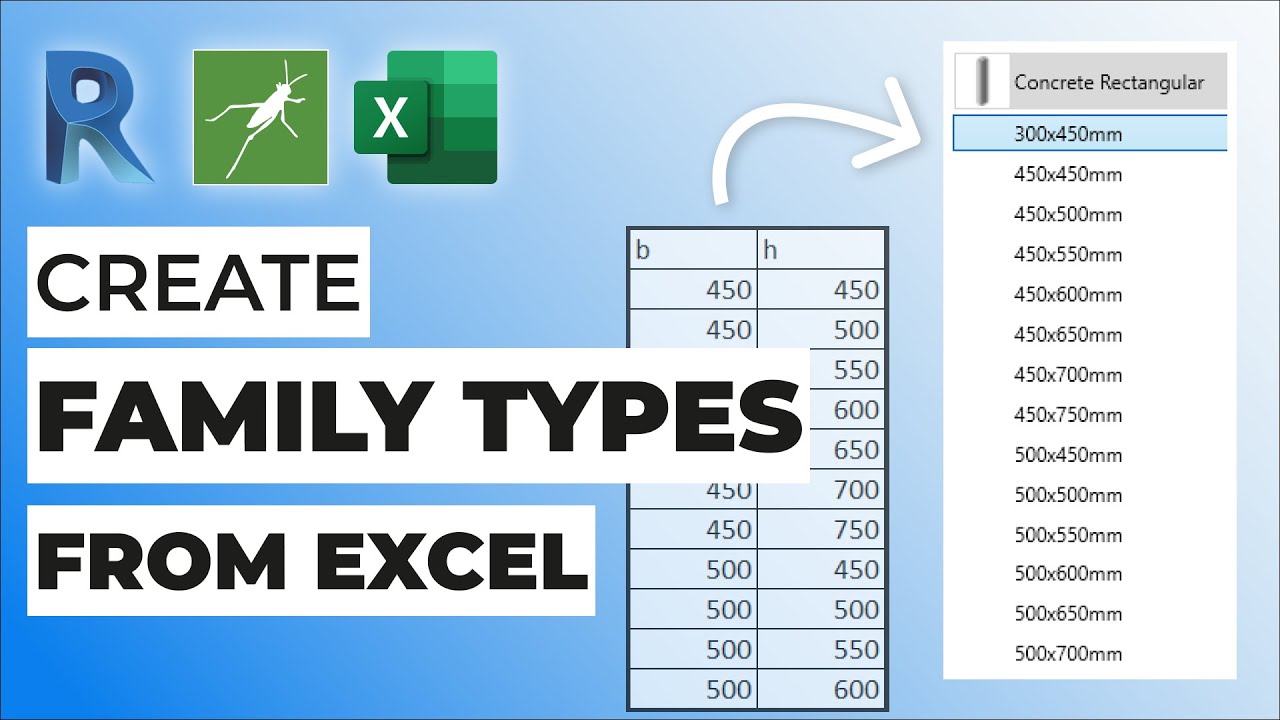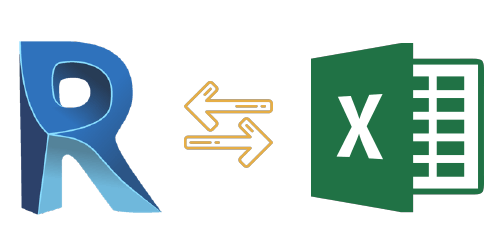Revit Plugins and Tools: Enhancing Your BIM Experience
Wiki Article
Excel Empowerment: Supercharge Your Revit Projects With Seamless Information Import
Are you looking to supercharge your Revit projects? With smooth information import, Excel empowerment can be the trick to opening your project's full capacity. Think of streamlining the import process and maximizing efficiency via smooth data integration. In this short article, we will share suggestions and tricks for using Master your Revit tasks. Discover just how harnessing the Excel-Revit connection can lead to success in your tasks. Prepare yourself to take your Revit tasks to the following level with Excel empowerment.The Power of Excel in Revit Projects
You can supercharge your Revit tasks by utilizing the power of Excel for smooth data import. Excel is a functional device that can greatly enhance your operations and productivity in Revit (revit add ins). With Excel, you can quickly import and take care of big quantities of data, conserving you time and effortAmong the vital advantages of utilizing Master Revit is its ability to deal with intricate calculations and solutions. You can use Excel to execute calculations on your information, such as producing amounts, computing expenses, or evaluating performance. When working with large projects that require substantial estimations., this can be specifically beneficial.

Furthermore, Excel provides a straightforward and familiar user interface for collaborating with data. You can arrange and manipulate your information in a spreadsheet layout, making it easy to see and modify. When collaborating with others or when you require to make quick changes to your project data., this can be especially handy.
Additionally, Excel enables you to quickly import and export data between Revit and various other software program applications. You can import information from exterior resources right into Revit, such as product specs or devices timetables, and export information from Revit to Excel for more evaluation or reporting.
Streamlining Data Import With Excel in Revit
When utilizing Excel as a tool,Improving data import in Revit becomes simpler. With Excel, you have the power to perfectly import and manage large quantities of information in your Revit projects. By making use of the acquainted interface and performance of Excel, you can save time and rise effectiveness in your operations.Among the vital benefits of utilizing Excel for data import in Revit is the capacity to quickly organize and manipulate information prior to importing it right into your job. With Excel's effective features, such as sorting, filtering system, and formulas, you can swiftly tidy up and format your information to satisfy the requirements of your Revit project.
Furthermore, Excel permits you to import data from various resources, such as databases, spreadsheets, and even web-based applications. This flexibility offers you the flexibility to gather information from different platforms and settle it into one main place for easy accessibility and management.
Additionally, Excel offers the alternative to produce personalized themes for data import in Revit. By producing design templates tailored to your job's specific demands, you can ensure consistency and precision in your data import procedure.
Overall, making use of Excel as a tool for data import in Revit streamlines the process and boosts your performance. Why not take advantage of this powerful tool and supercharge your Revit jobs with smooth information import utilizing Excel?
Optimizing Efficiency With Seamless Data Assimilation
Optimize performance by seamlessly integrating and taking care of data in your process. Gone are the days of by hand inputting information into your system, throwing away valuable time and sources. With seamless data integration, you can improve link your procedures and supercharge your efficiency.
Taking care of information becomes a breeze when you have a smooth integration system in area. You can conveniently arrange and classify your information, making it much easier to recover and assess. Say farewell to the days of exploring endless spread sheets for that piece of info you require.

Excel Tips and Tricks for Revit Projects
With these methods and suggestions, you'll have the ability to efficiently manage your Revit jobs utilizing Excel. Among the initial points you can do is to use Excel's effective sorting and filtering functions. This will certainly allow you to swiftly arrange and evaluate your task data. As an example, you can sort elements by their names or filter them based on specific standards, such as their status or location. An additional valuable attribute is the capability to produce formulas in Excel. You can make use of formulas to compute amounts, perform intricate computations, and even automate certain jobs. This can save you a great deal of time and effort in your Revit have a peek here projects. In addition, you can utilize Excel to create custom-made design templates for information import and export. This method, you can ensure uniformity and accuracy when moving information in between Revit and Excel. Last but not least, do not ignore Excel's conditional formatting function. You can utilize this to highlight specific components or worths based upon details conditions. This can assist you quickly identify and address any type of problems or anomalies in your project information. Overall, mastering these Excel tips and techniques will significantly enhance your capacity to handle and manipulate information in your Revit projects.Using the Excel-Revit Link for Success
To make the many of your Excel-Revit link, benefit from the capability to effortlessly integrate and transfer project info. By using this powerful connection, discover this info here you can supercharge your Revit jobs and enhance your process. With simply a few straightforward steps, you can import data from Excel straight right into Revit, saving you time and ensuring precision.One of the crucial benefits of the Excel-Revit link is the capacity to move information perfectly. Whether you are importing schedules, area information, and even geometry info, Excel provides an user-friendly interface that enables you to arrange and adjust your information before importing it into Revit. This indicates you can quickly update and change your task info in Excel, and with a few clicks, transfer those modifications directly into your Revit version.
In enhancement to moving information, the Excel-Revit link additionally enables synchronization. This means that any type of modifications made in Excel can be immediately upgraded in Revit, making certain that your project details is constantly approximately day. This synchronization function is particularly beneficial when taking care of complex and big tasks, as it removes the need for hand-operated data entrance and decreases the threat of mistakes.
Verdict
By improving information import and taking full advantage of performance via seamless data combination, you can supercharge your jobs and accomplish success. Don't wait any longer, begin using the power of Excel in your Revit projects today and unlock a world of possibilities.You can supercharge your Revit projects by taking advantage of the power of Excel for smooth information import. With Excel, you have the power to flawlessly import and handle huge amounts of data in your Revit jobs (import excel into revit). In general, understanding these Excel techniques and tips will significantly boost your ability to take care of and manipulate data in your Revit tasks
Whether you are importing timetables, space information, or also geometry details, Excel supplies an easy to use user interface that allows you to arrange and manipulate your information before importing it right into Revit. By streamlining information import and optimizing performance with seamless data assimilation, you can supercharge your jobs and accomplish success.
Report this wiki page